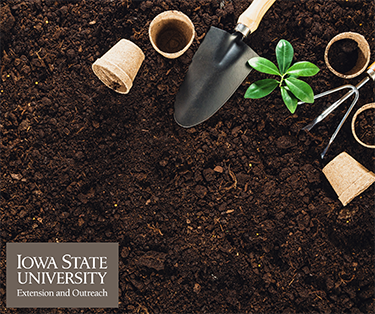Blog

Each year, as the days get longer and temperatures rise, garden catalogs begin to fill our mailbox and planning for our garden begins once again. My husband and I each grew up in homes with large vegetable gardens. His mom had a separate potato garden and my family sold sweet corn and tomatoes at our farm. I remember dad putting the sign up at the end of our driveway each summer. My family used the money we made selling tomatoes and sweet corn for a summer vacation just before school started. As you might imagine, my husband and I have enjoyed planning, planting and harvesting our own vegetable garden through the years. What we plant and how big our garden is has changed through the years, as the season of our life dictates. Some years, our schedule for the summer hasn’t allowed time for gardening, and what we plant has also changed as our interest in certain vegetables has changed.
So, what do we grow? We enjoy growing tomatoes, onions, peppers, several kinds of herbs, carrots, broccoli, kale, lettuce and spinach.
Questions we ask ourselves as we decide what to grow include: What do we like to eat? How much space will it take to grow? Is there another way to obtain this food? How expensive is it to buy? How difficult is it to grow?
Once we decide what we are going to grow, it’s time to find the best way to grow it. You can buy seeds and you can also buy small plants to transplant into your garden. As seasonal stores open up in grocery store parking lots and at local nurseries, you will find seed displays and often small plants to purchase. One place you can check with for seeds is at your local county extension office. They sometimes give away free seeds. These seeds are typically last season’s seeds—but are still a great source for free seeds. You can also use your SNAP benefits to buy seeds.
The next step is to plan your garden. You will need to consider how much space each item you plant will need, how deep to plant them and how much product you can expect. The seed packet will have information on it to help you answer these questions. Be sure and read both sides to help you be successful with your garden. It’s a good idea to keep track of when you plant the seed. We write the date on our calendar. Keeping track of the date will help you know when to expect to be able to harvest the produce.
The seed packet will tell you:
- The company the seed is from and how much seed you will get in the packet.
- A picture of what you will be growing.
- The kind of seed and the name of the variety.
- How much sun the growing plant prefers and the height of the mature plant.
- Where and when to plant the seed. There are often also brief statements about how to prepare and use the item you will be growing.
- How to plant the seed, how long of row or how many hills the seeds will plant.
- How many days it will take after planting for the seeds to germinate or sprout. You will be able to find how many days it will take after planting for the seeds to mature and you will be able to harvest a crop.
- Conditions the plant will grow in, what the plant prefers.
- How to harvest and use the produce.
You may think gardens require a big piece of land, but they do not have to. If your schedule is busy, or you don’t have access to a garden plot, consider container gardening. Tomatoes and peppers grow well in containers on a porch or front step. Some communities also offer community garden plots where you can rent space to grow your garden.
If you would like additional garden information, check out this publication from ISU Extension and Outreach. Want Yard or Garden Information? Ask Iowa State University Extension and Outreach
Written by Jill Weber
Human Sciences Specialist, Nutrition and Wellness

